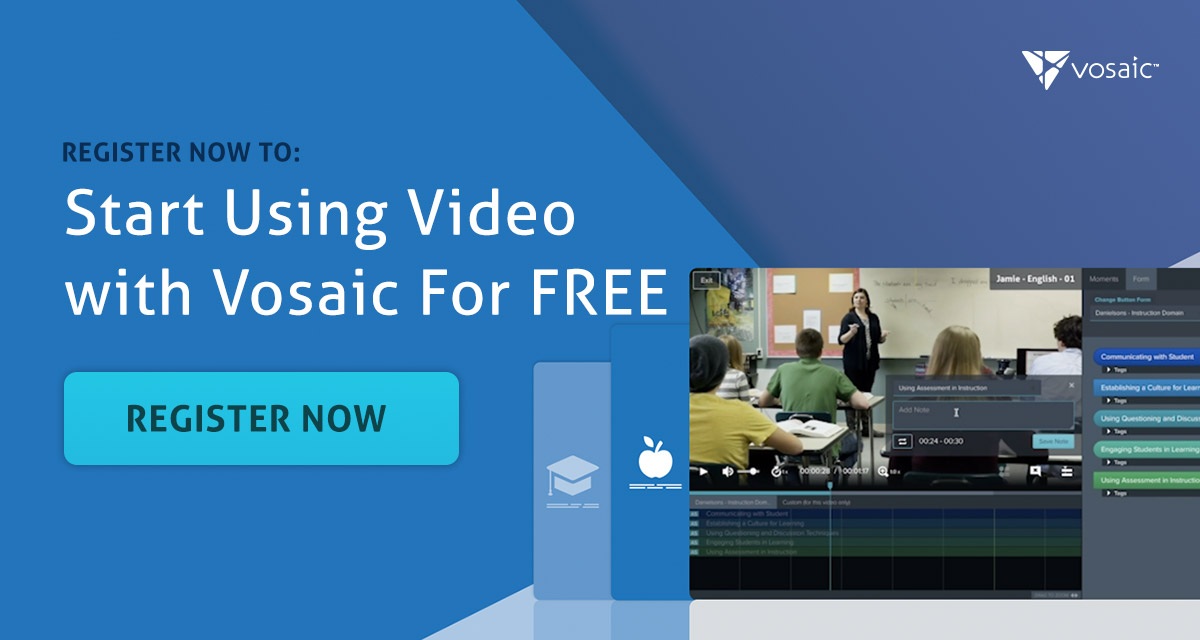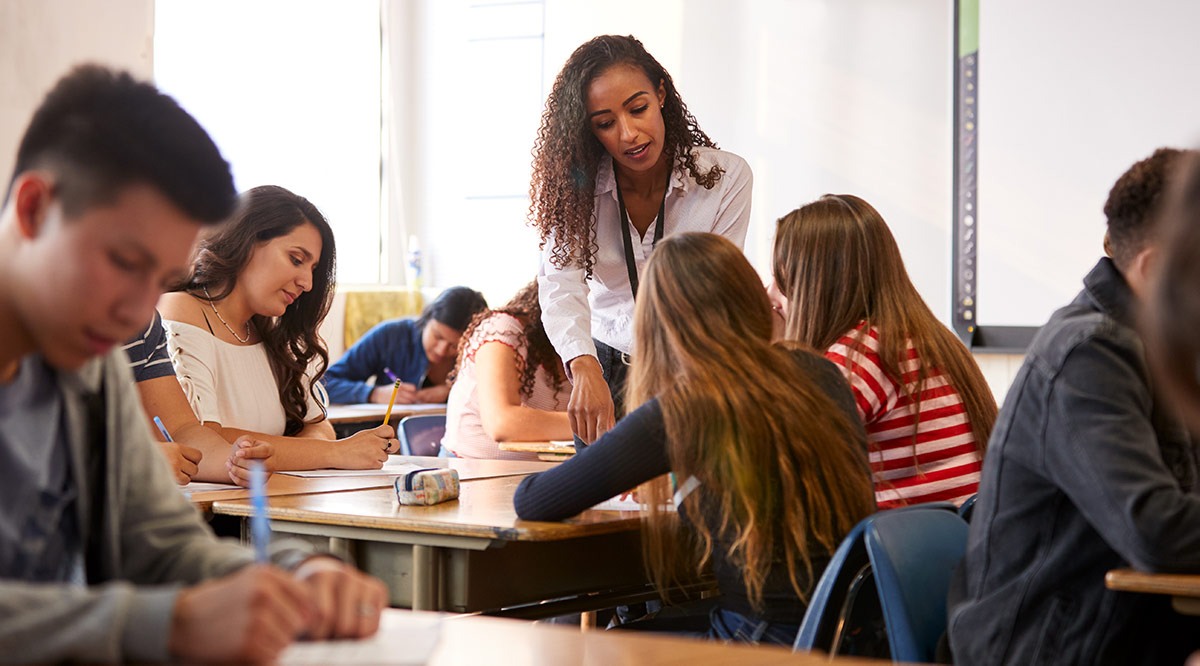Educators today have been involuntarily immersed in a whole new method of learning. Since the COVID-19 pandemic began, the classroom morphed into a space of simultaneous physical and virtual teaching. The trade-off between Zoom and in-person learning has been a major challenge for educators all over the world. K-12 teachers are experiencing the biggest struggle. There are great challenges associated with educating two different audiences at the same time.
For the most part, elementary students are learning in person, with a few students opted into Zoom. High school students, on the other hand, typically switch between in-person and online weekly. After researching this topic, there are a few methods educators can implement to create a more intentional hybrid learning experience.
Some important factors for improving hybrid learning:
Capturing student attention
Using a variety of platforms
Communication on the internet
Reducing attention division
Stay on Top of Important Discoveries
We read case studies and academic journals so you don’t have to. Sign up and we’ll send you the key takeaways.
Student Engagement
The number one challenge in hybrid learning through this pandemic is maintaining student attention. Put yourself in a high schooler’s shoes for just a second. I know when I was in High School, I could barely keep my eyes open while courses were all in person! Imagine listening to your teacher lecture all day, in the comfort of your own home. The next day, you physically come to class and are expected to retain all the material you learned previously. This idea is unrealistic for many high school students. Likewise, elementary learners are utilizing school-issued laptops during class in order to keep optional zoom students involved. This is one of the most common distractions for K-5th graders.
The problem this creates is brought into focus by research that shows students who developed attention problems in 3rd grade are 8 times more likely to drop out of high school. This statistic is alarming for elementary school teachers. Student attention needs to be prioritized, and hybrid learning holds that same priority.
One suggested tactic for retaining the attention of a student is to have comprehensive checks throughout the school day. This is a win-win for students and teachers because you get a gauge for their knowledge and they receive a gauge of their mindfulness. Graded or not, comprehensive checks can be used as an incentive and a reward for high-scoring individuals.
Variety of Platforms
Zoom is beneficial for many reasons amid this pandemic, it allows us to continue to connect, learn and maintain a slight sense of reality. On the other hand, being glued to a computer screen for 7+ hours a day is not fun or beneficial to health.
Students are more likely to take away course material if they are able to switch gears and stimulate their brains in new ways by switching platforms. The best way to do this is to have a teacher that uses different educational software to keep students attentive throughout online and in-person lectures. This could be anything from videos to explain a history lesson, tutorial software that allows students to learn at their own pace, or even interactive video discussion boards. All of these can engage students both in the classroom and out. The best part; it is cost-efficient, personalized, and interactive!
Communication via the Internet
Next, teachers need to know how to communicate effectively within their age group of students. There is a wide gap between kindergarteners’ and 12th graders’ conversation abilities: kindergarteners can’t send or read an email, while seniors don’t check their emails often enough! Open lines of communication are vital in the educational experience. When students don’t feel like they can communicate effectively, they don’t ask questions or voice their concerns. Questions are important because they allow students to uncover the challenges they are facing and lead to new knowledge. Breakout rooms for students to brainstorm, ask questions, and discuss the material with classmates are age-appropriate for all of K-12.
Another issue with distant learning is the lack of communication about topics unrelated to education. Students need time spent with trusted friends and teachers to support their mental health. When a student’s learning location changes frequently, it can potentially create a void in their social life.
According to one K-12 teacher,
“There is a large discrepancy with social interaction, (elementary) students don’t learn how to talk nicely to a friend.”
This video from Edutopia explains the importance of connecting daily on a more social level. Teachers everywhere need to become aware of the toll hybrid learning can take on their students, and continue to allow informal communication between students on days that class is online.
Keep students in the know
The most important piece of a hybrid learning experience is giving constant feedback to your students. Online learners often miss out on a lot of face to face constructive criticism; however, this does not mean they cannot receive feedback at all. Teachers can deliver feedback through grading platforms, in an email, or in a course announcement.
Carefully look over their work and send them a note if they missed a math problem or spelled something incorrectly. It is important teachers are intentional about feedback so students outside the classroom have room for growth and don’t remain complacent.
Attention Division
Each learner has unique needs, and the Zoom learners have completely different learning abilities and home situations. To tap into this, it is important to get to know your students and their parents. One K-12 teacher explained,
“You feel like they (the students) are being pulled in a million different directions...”
while conducting a hybrid class. Learn what keeps your students attentive. If the chat box is causing more harm than good, disable it. If Zoom video backgrounds are causing a ruckus, disable those as well. The goal is to eliminate as much distraction as possible. When students are kept engaged, and continuously learning, everyone wins. This is why teachers are truly heroes!
About Vosaic
Vosaic’s cloud-based video platform is used to help teachers and professionals bridge the gap between theory and practice. Easy-to-use video recording, commenting, and sharing enables users to more effectively observe, coach, and mentor. Teachers can upload, record, and share videos for evaluations, feedback, self-reflection, and so much more.




